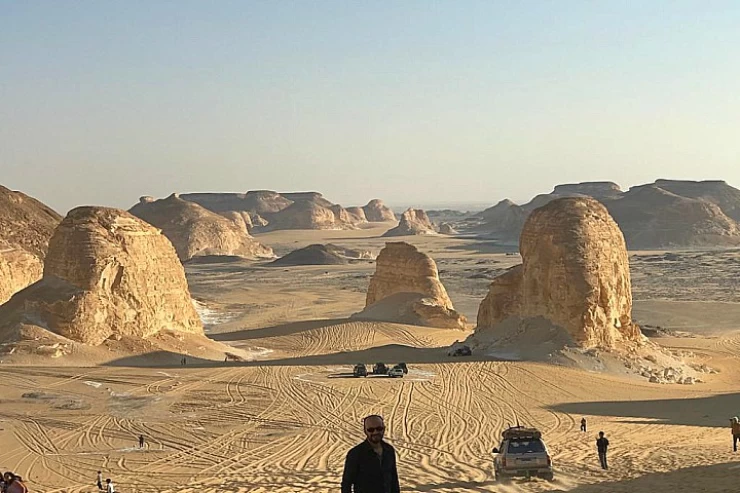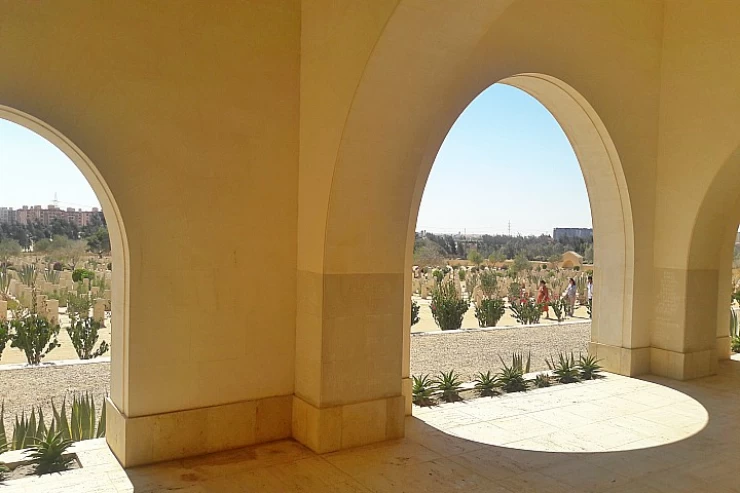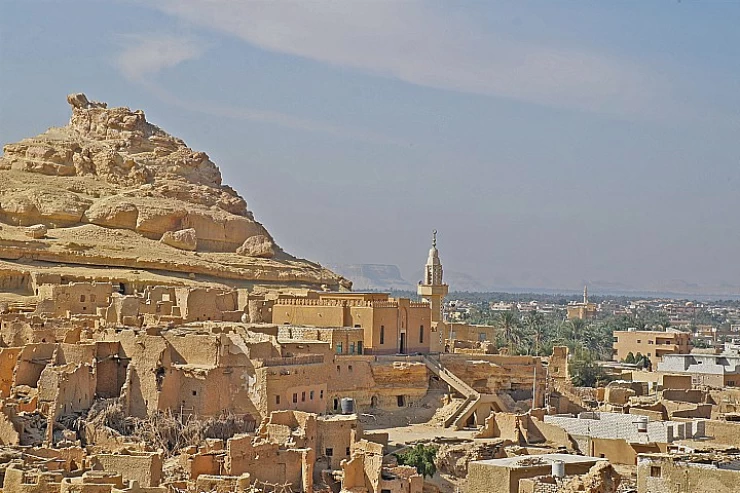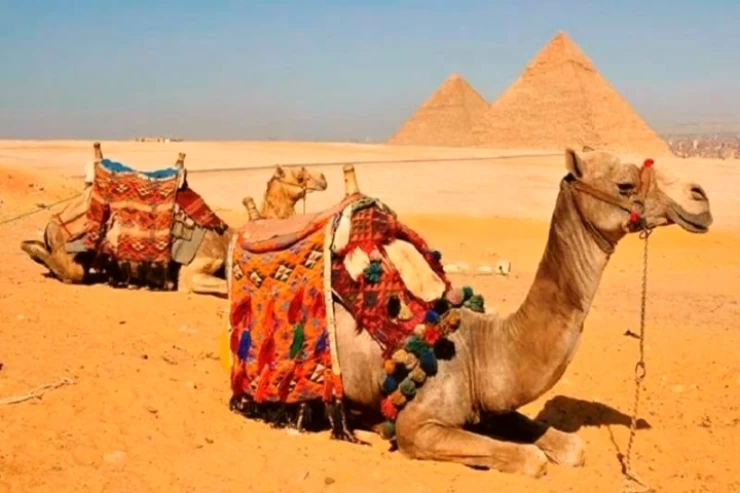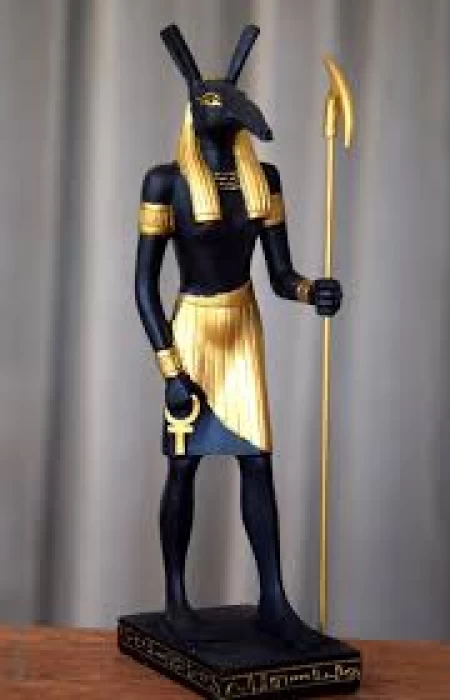
God Seth | Egyptian God of War | God of the Desert in Egypt Mythology
Seth in Mythology
Seth is known for the rivalry he had against his brother Osiris. As the myth goes, Seth became jealous of the rule of Osiris over Egypt and planned to dethrone him. He deceived Osiris and trapped him in a chest, throwing him into the Nile. Afterward, he mutilated the body of Osiris into small bits and scattered it all over Egypt. This is what led to the continuous enmity between Seth and Horus, the son of Osiris.
The myth of the battle between Seth and Horus is perhaps the most essential myth of Egyptian mythology. The deities had several savage competitions among themselves to enjoy the privilege of ruling Egypt. Finally, Horus emerged as the victor by showing order triumphing over chaos, but not fully, because he continued to rule over the deserts and receive shrines heard by the desert warriors and wayfarers.
Though a god of chaos, Seth was also venerated in some places in Egypt. He was particularly venerated in the northeastern Delta region, and one of his principal cult cities was Avaris. The Hyksos, a foreign dynasty that ruled Egypt during the Second Intermediate Period (c. 1650-1550 BCE), identified Seth with their storm gods and made him a protective deity.
When pharaohs were honoring Seth, he was mostly associated with the military might of the country, such as in the case of Seti I and Ramses II of the Nineteenth Dynasty, as it was with regard to the use of Seth as a safeguard against enemies. Militaristic strength made Seth another important figure during the reign of the Egyptian rulers, giving those with divine protection legitimacy.
Symbolism and Legacy
Egotistical and destructive yet completely necessary, Seth had an essential role in Egyptian mythology; like disorder, he was a necessary part of the cosmic balance, an order against which he is the embodiment of that struggle. Seth in different inter-
Seth (Set, Sutekh, or Setesh) is Egyptian mythology's most complicated and controversial deity. He had been a god of war, chaos, and storms, and of the desert, a powerful yet unpredictable force. Though he bore negative connotations, Seth was a vital and protective power in the universe's balance and was revered in some parts of ancient Egypt.
Origins and Depictions
From the earliest parts of Egyptian mythology, Seth is usually derived. He was often portrayed as a most mysterious creature called the Seth animal, an archaic deity with an elongated curved snout, square ears, and a forked tail. Some interpretations have taken this hybrid form as a reflection of his chaotic nature so that nowhere could he easily identify himself and the animal kingdom of the real world.
In the Egyptian arts also, Seth was shown as a strong warrior with huge scepters signifying further arguments over Africa and storms. His reddish skin was sometimes interpreted to suit the dry and unfruitful lands comprising such as the deserts of Egypt, in contrast to the most fertile black soils of Egypt's Nile Valley.
God Seth
According to an ancient belief, God Seth was the son of Geb and Nut, his wife was the sister of Nephthys.
However, none of the unions with the many possessed women has been useful and this was probably related to the sterility of the deserts over which Seth's power extended.
The body of this animal had fur bunches that were formed like inverted arrows. In his hands was a long staff that had the head of a Seth animal on top and was forked at the bottom. Seth is depicted holding an ankh sign (key of life) in one hand and a staff in another. He is associated with the pig, the donkey, and the crocodile. He was also associated with some poisonous creatures like scorpions, and snakes, and sometimes as a hippopotamus.
The Mythology of Ancient Egypt
Seth and Horus were the two deities that symbolized Egypt in the two ethnic components. All the Asian populations that settled in Egypt, starting with the Hyksos, had their main divinity in Seth.
Originally Seth was worshiped as a local god in the fifth and eleventh districts of Upper Egypt; in prehistoric times, he was the god of all of Upper Egypt. The cult of Seth was introduced under the reign of King Peribsen in the 2nd Dynasty, in the eastern Delta region, this king was even called Seth-Peribsen. Beginning in the Heliopolitan era, the kings who ruled Egypt from north to south were "Servants of Horus", therefore enemies of Seth.
He was also known by Egyptians as the god of war and storms and was linked with the planet Mercury and the color red. The people thus hated people with red skin and even killed animals having red fur because they thought they were related to Seth, Osiris’s younger brother, who grew jealous of him and murdered him. After killing Osiris, Seth dismembered Osiris’s body, and he scattered the pieces of his body over the face of the earth.
Latest Articles
Admin
Seabourn Sojourn Cruise Stops in Safaga Port
The Seabourn Sojourn, the flagship vessel of Seabourn Cruise Line's ultra-luxury fleet, was built in 2008 at the T. Mariotti shipyard in Genoa, Italy. Measuring 198 metres, it can accommodate up to 450 guests in its 225 spacious all-suite staterooms.
Admin
Norwegian Sky Cruise Stops in Safaga Port
Norwegian Cruise Line operates a cruise ship called the Norwegian Sky. It was constructed in 1999 and can accommodate 2,004 passengers in addition to 878 crew members. The ship has several dining establishments, lounges and bars, a spa and fitness center, swimming pools, and a number of entertainment areas.
Admin
Explora II Cruise Stops in Safaga Port
Explora II, the second vessel in the Explora Journeys fleet, sets sail in 2024 to redefine luxury cruising. With 461 ocean-front suites, 9 culinary experiences, and 4 pools, this haven of sophistication and sustainability promises an unforgettable "Ocean State of Mind" journey to inspiring destinations.
Admin
Mein Schiff 6 Cruise Stops in Safaga Port
The Mein Schiff 6 is the latest cruise ship in the renowned TUI Cruises fleet, offering passengers a luxurious and sophisticated cruise experience. At 315 metres long, this floating resort features a range of dining options, entertainment, and recreational facilities, including a spa, fitness centre, and sports amenities.
Admin
Mein Schiff 4 Cruise Stops in Safaga Port
When the Mein Schiff 4 cruise ship docks in Safaga, Egypt, passengers are granted access to a realm of ancient wonders. Aboard this state-of-the-art vessel, guests can embark on meticulously curated shore excursions that showcase the region's most iconic landmarks, including the Giza Pyramids, the enigmatic Sphinx, and the remarkable tombs and temples of the Valley of the Kings in Luxor.
Admin
MS Europa Cruise Stops in Safaga Port
The Silver Moon, Silversea's latest flagship, is a luxury cruise ship that offers an exceptional travel experience for Venezuelans exploring Egypt. With a capacity of 596 guests and an impressive 40,700 gross tonnes, the Silver Moon maintains the small-ship intimacy and spacious all-suite accommodations that are the hallmarks of the Silversea brand.






